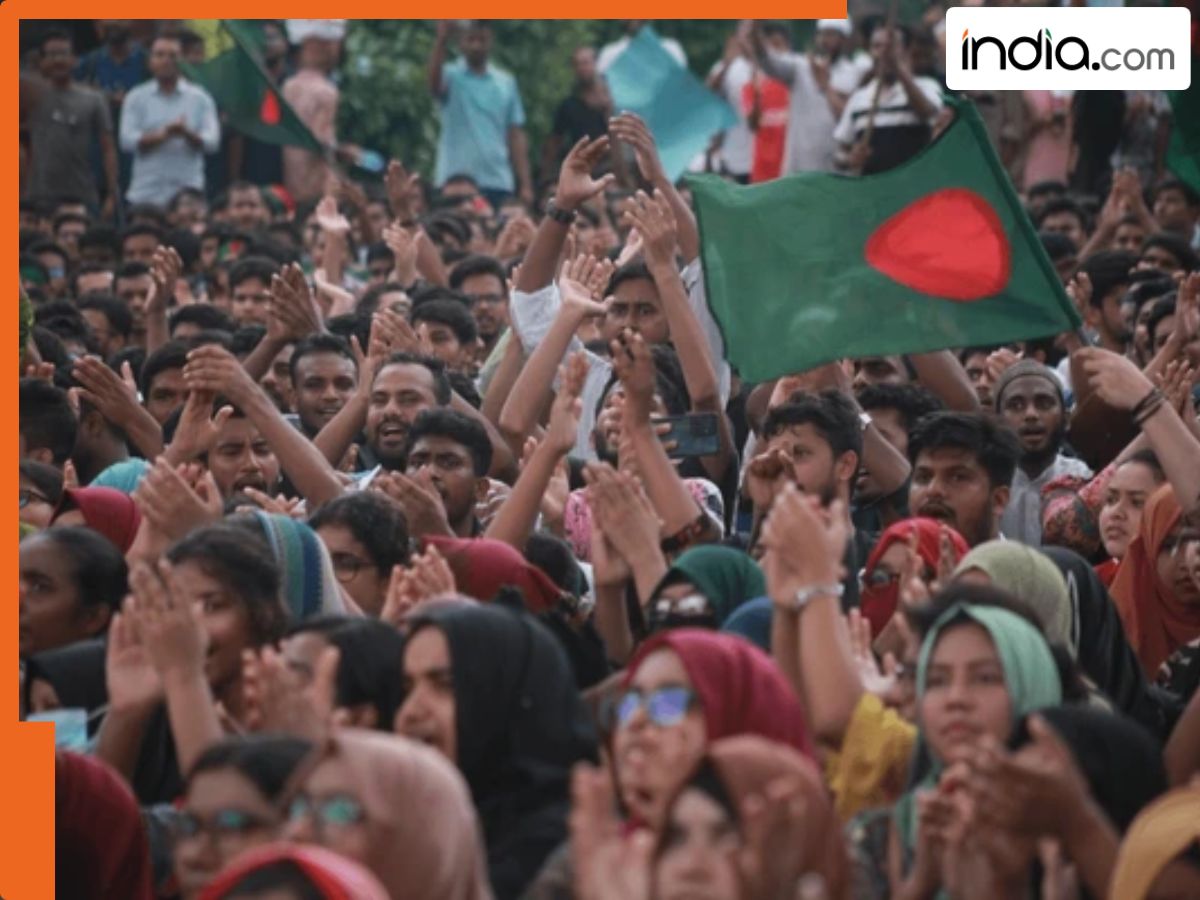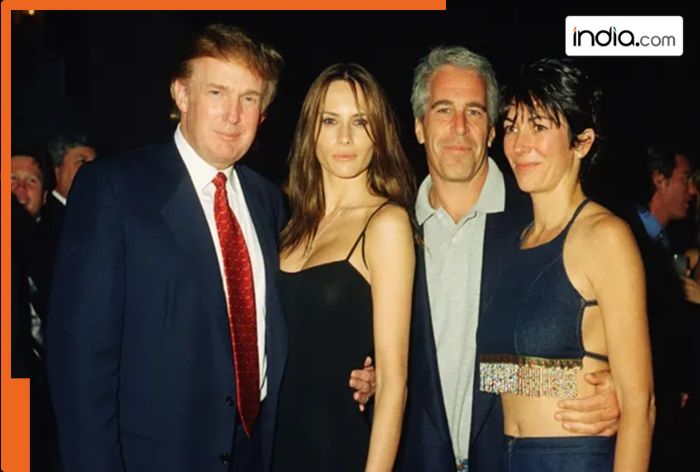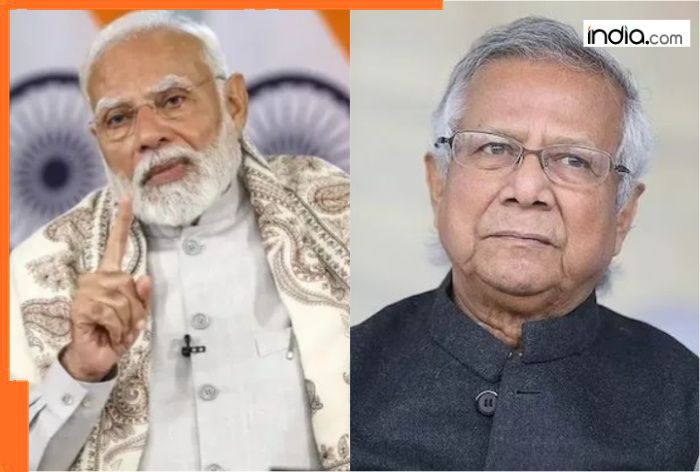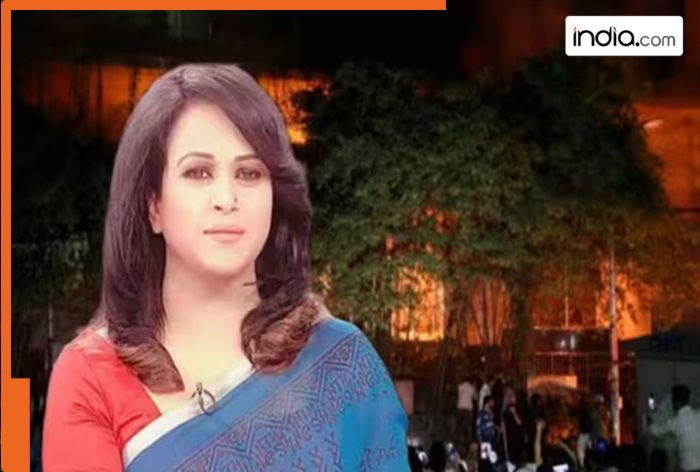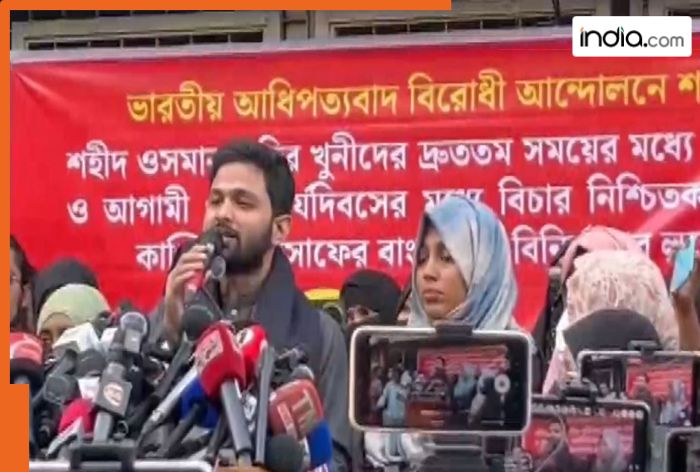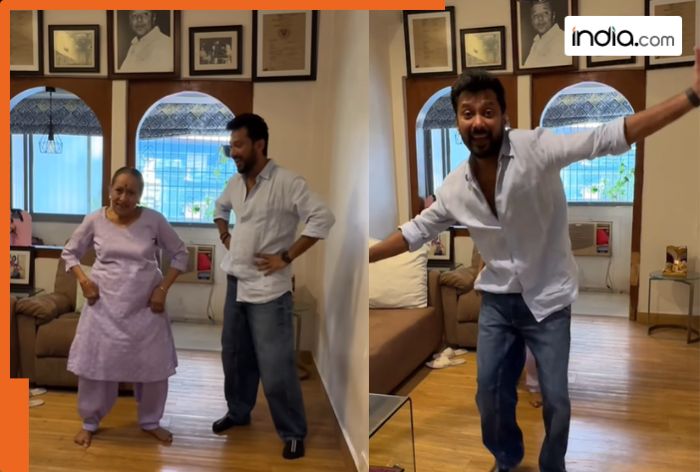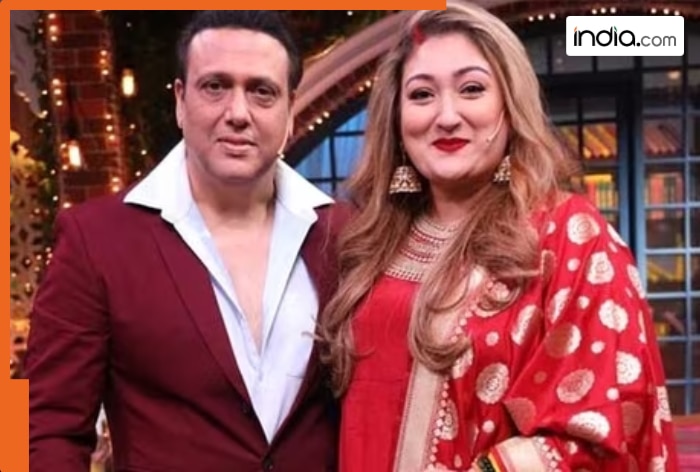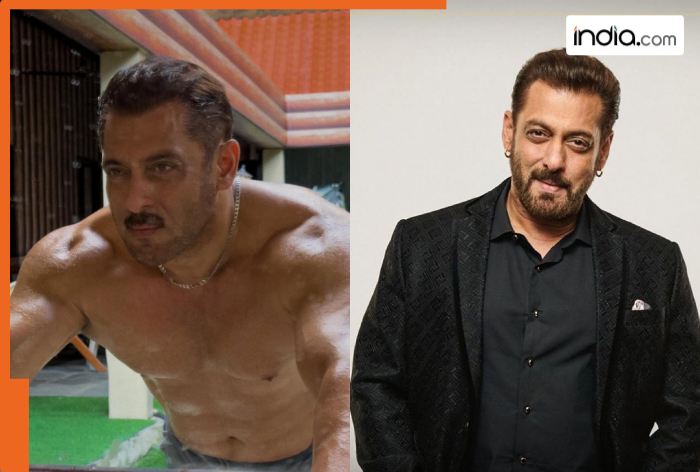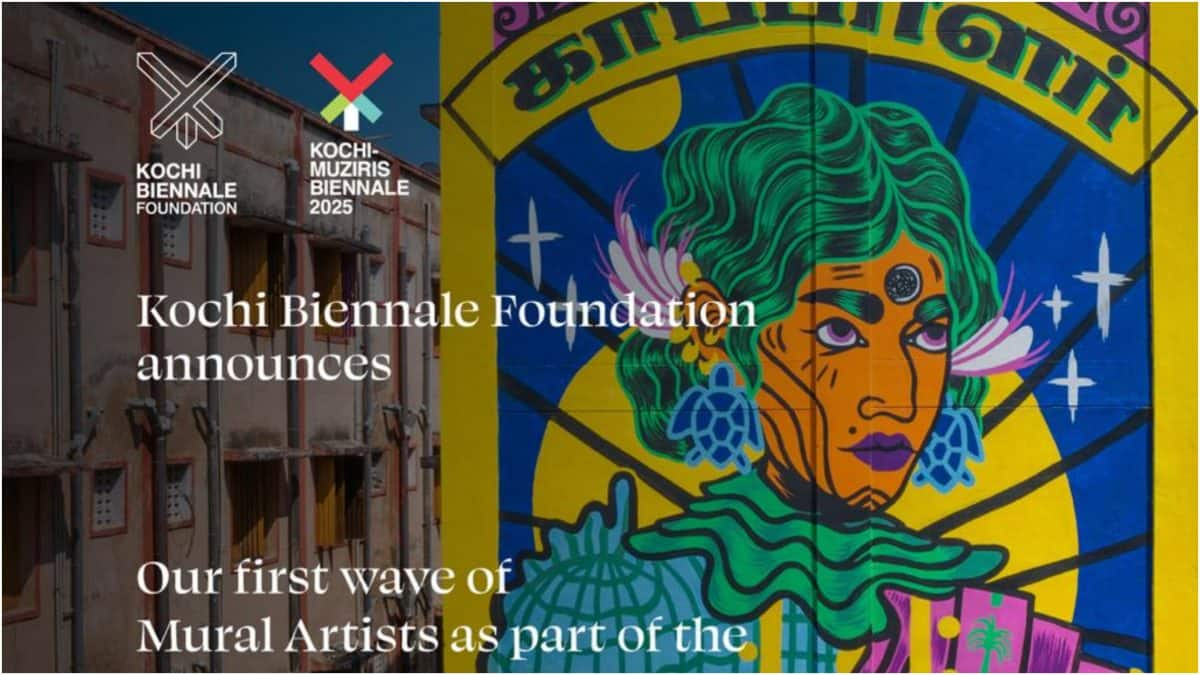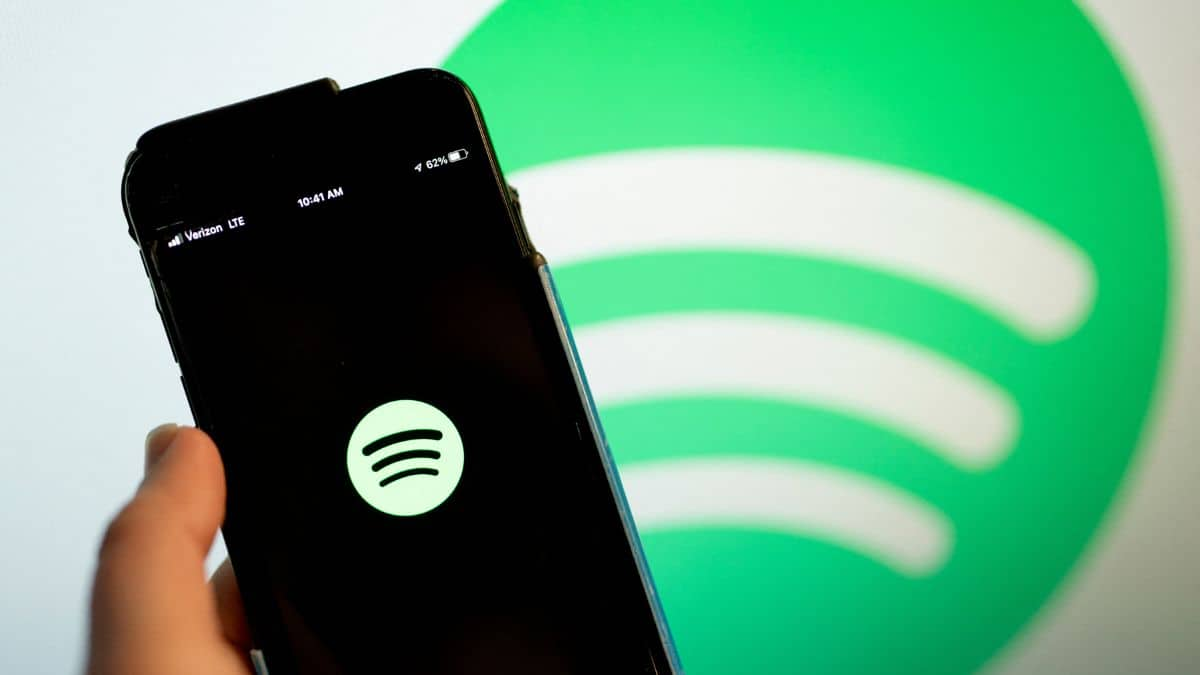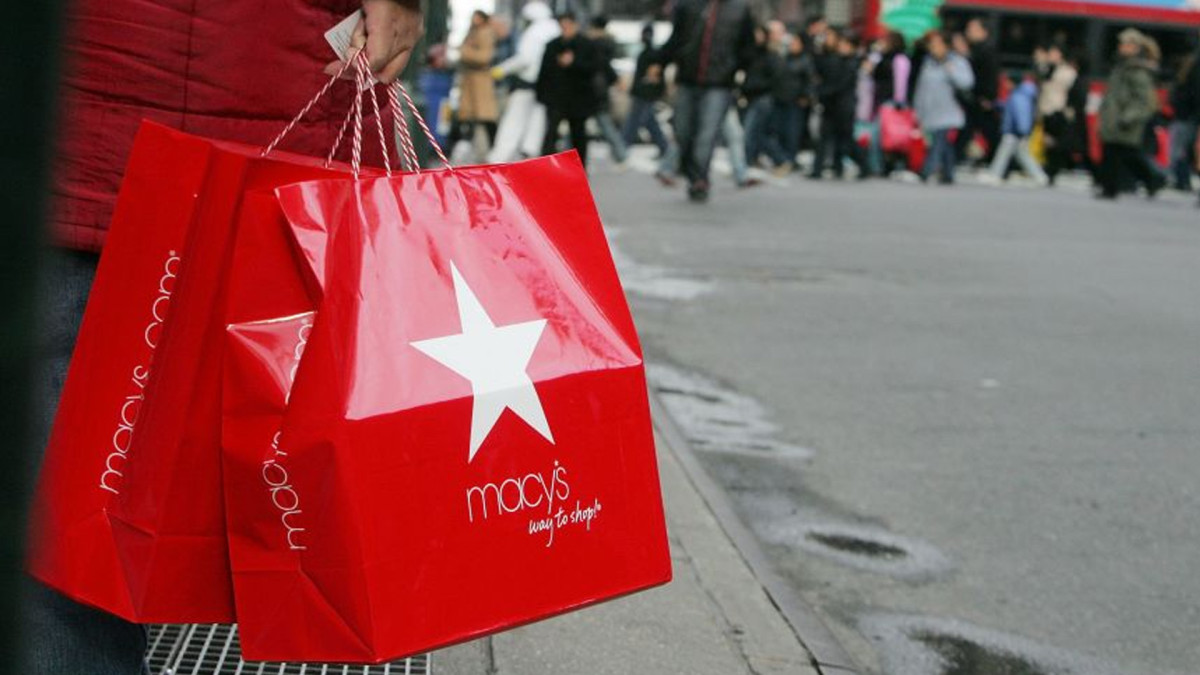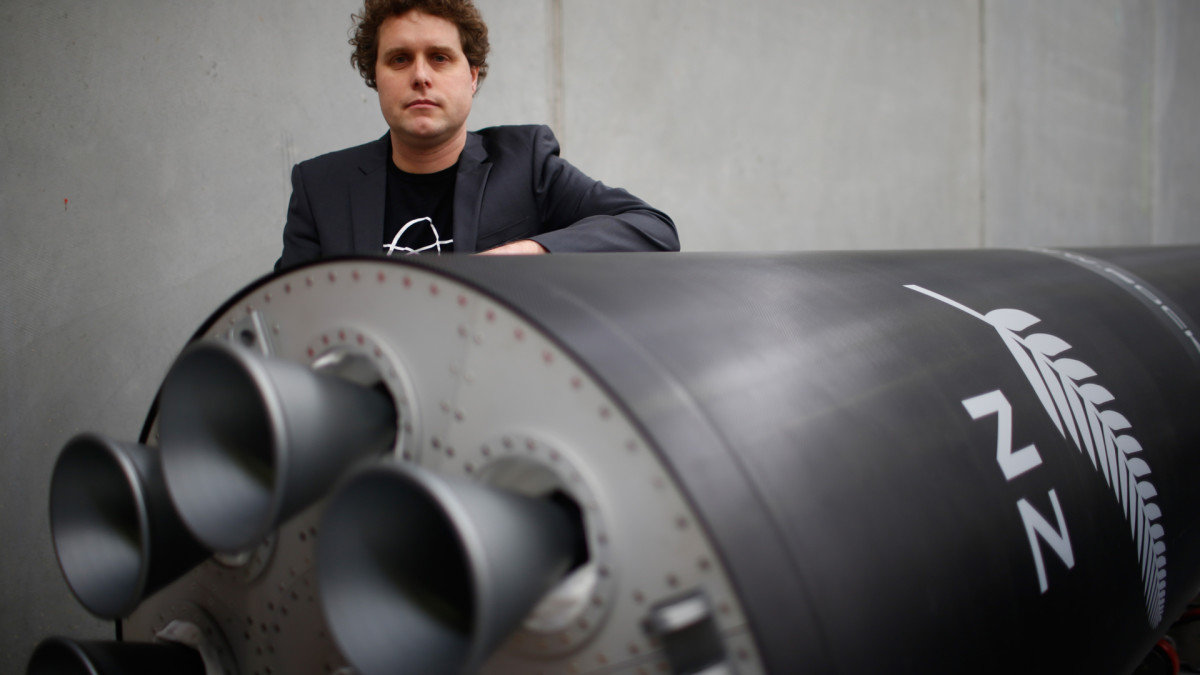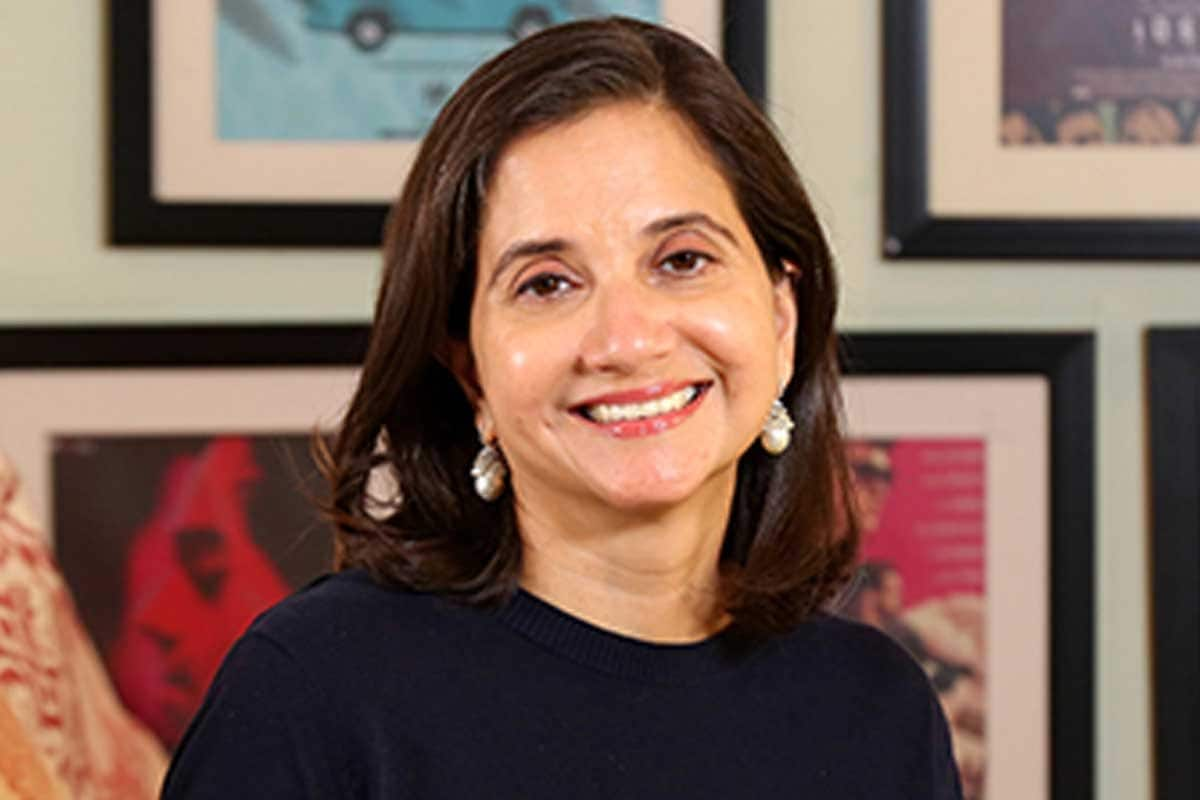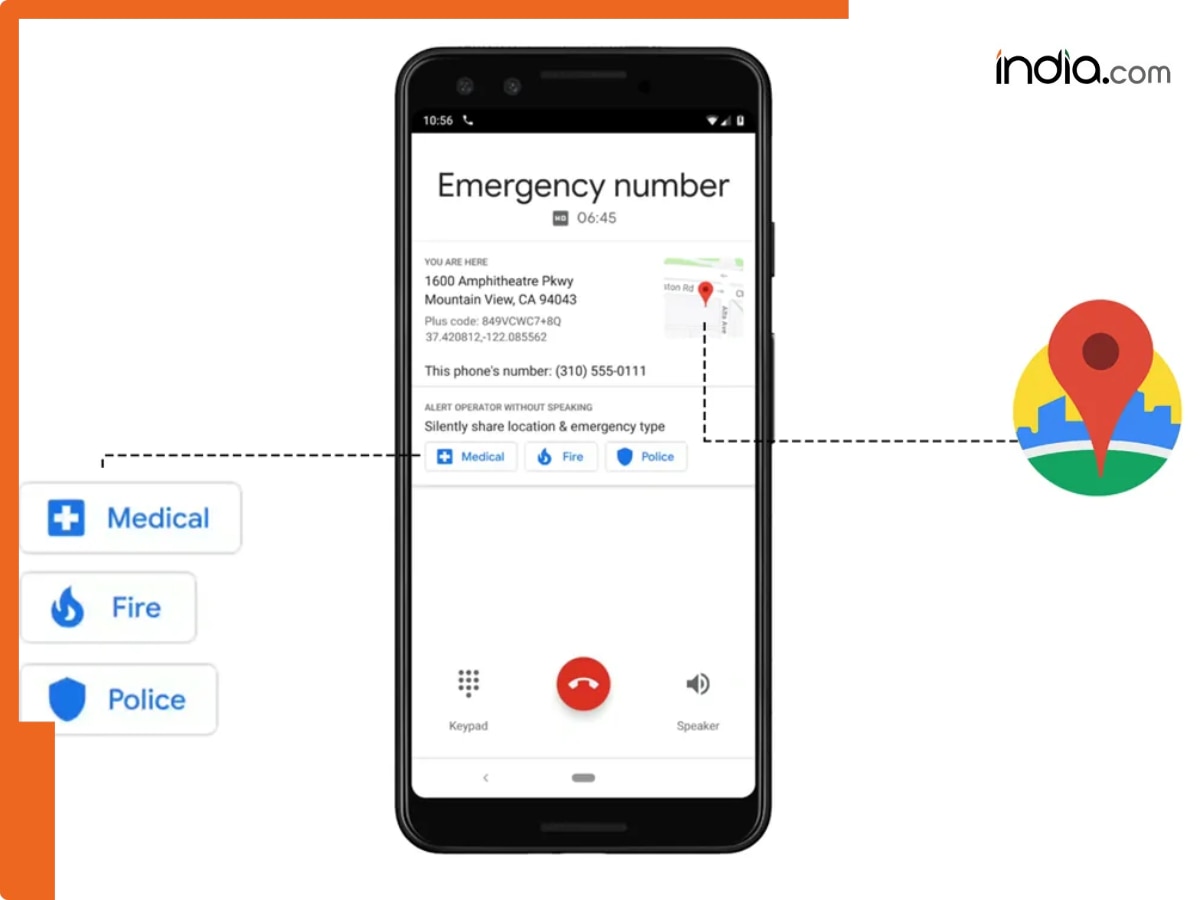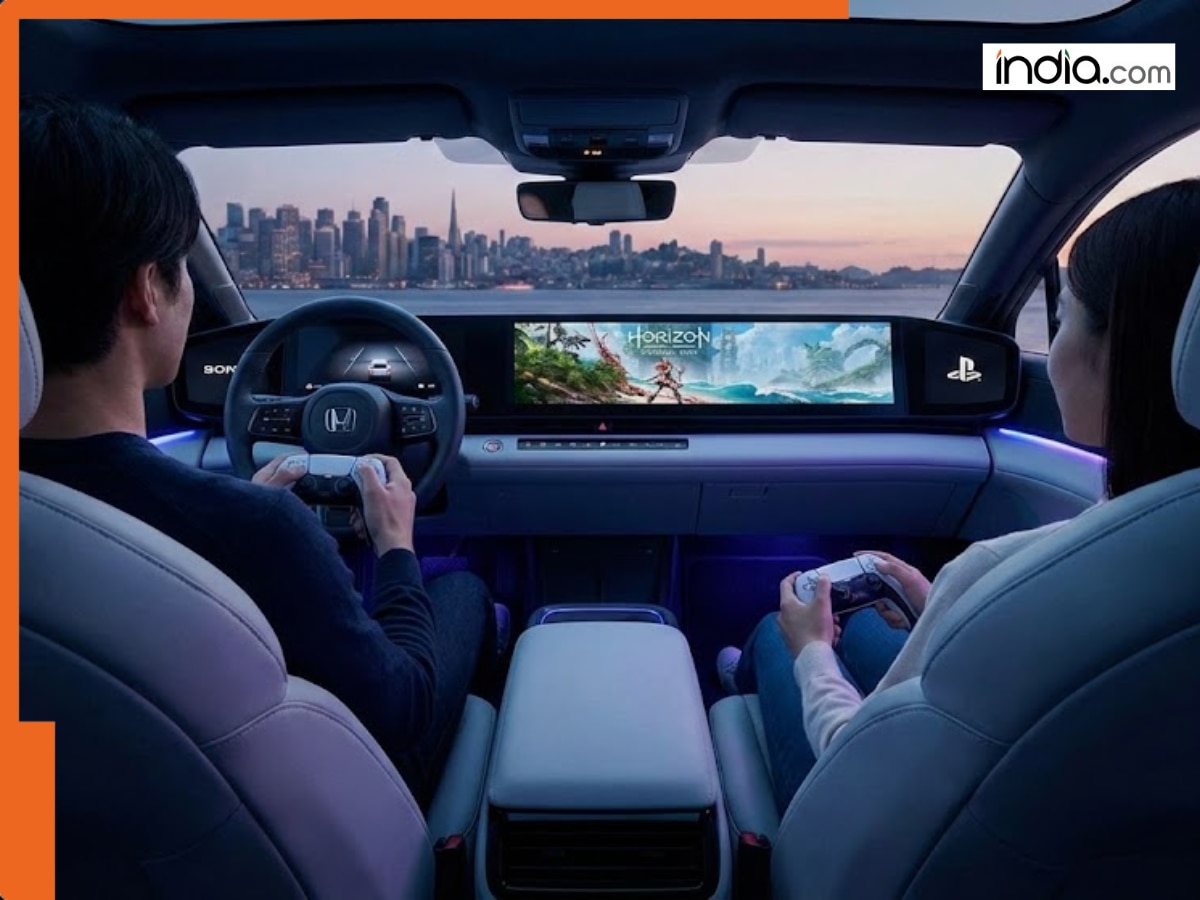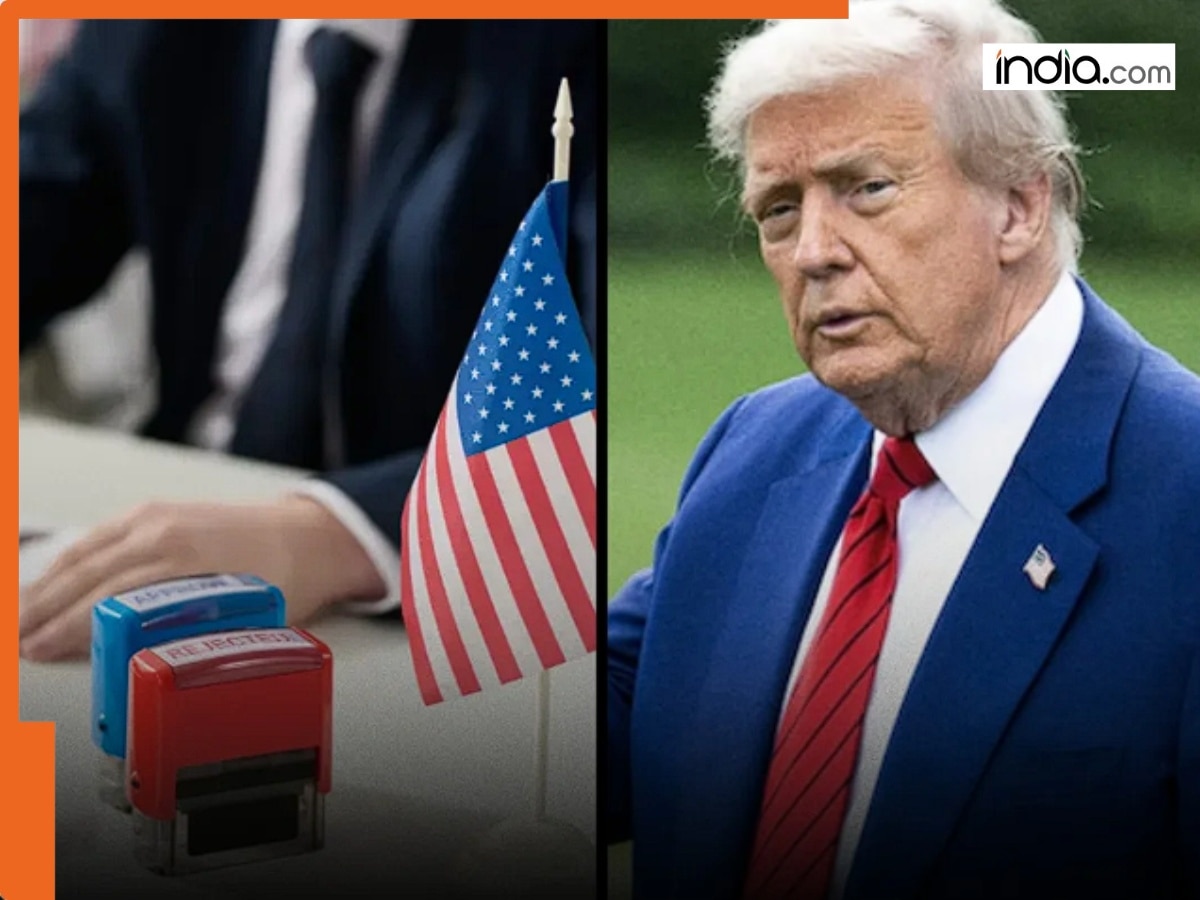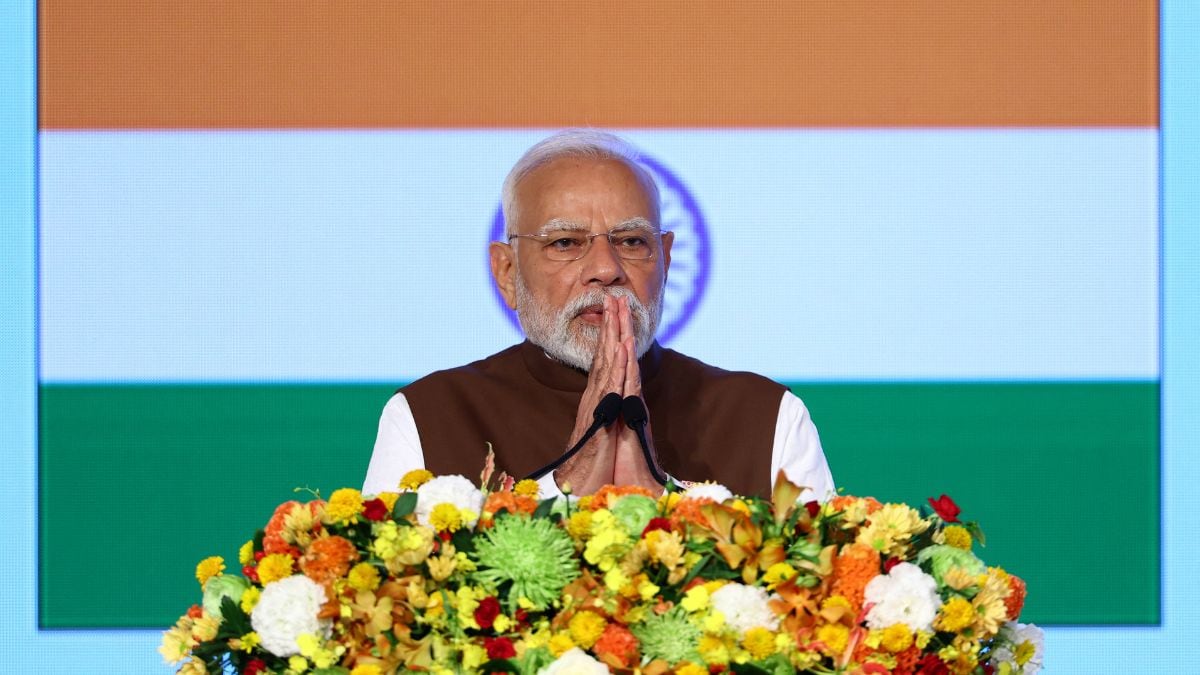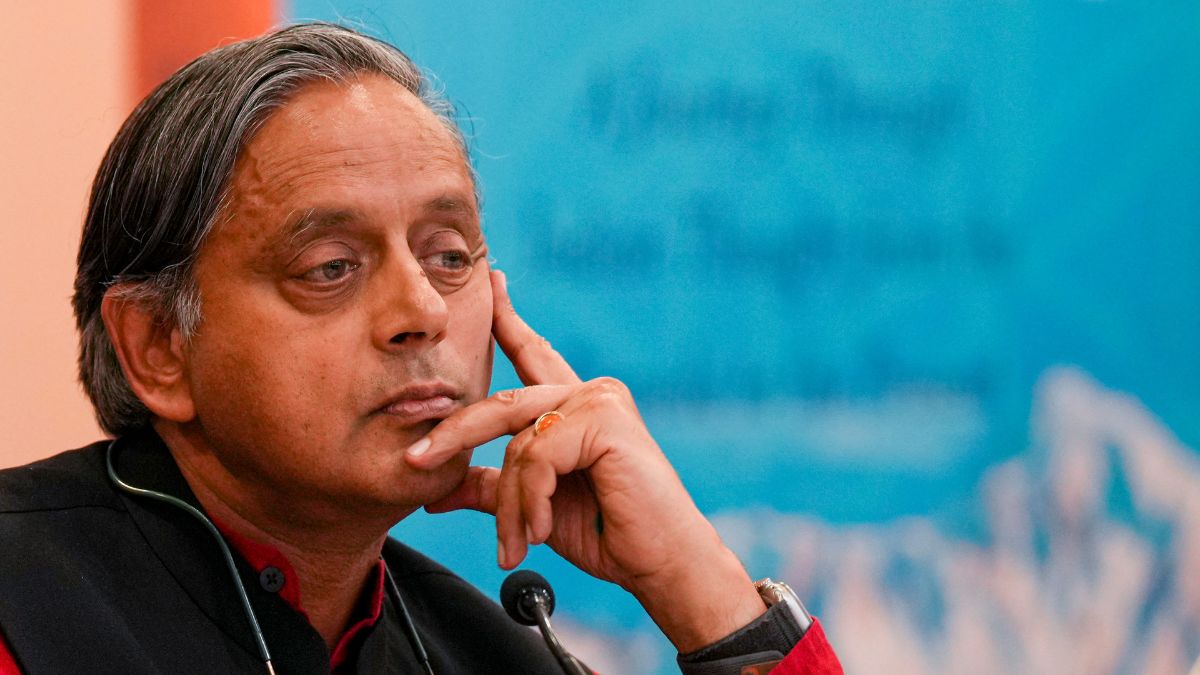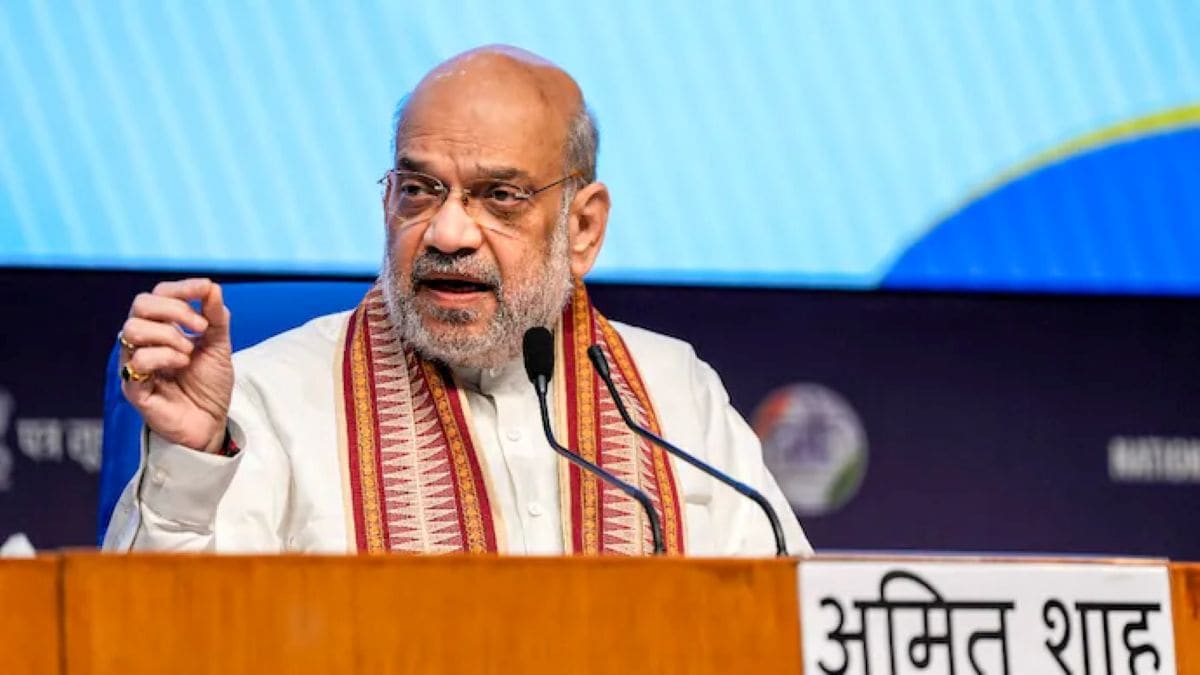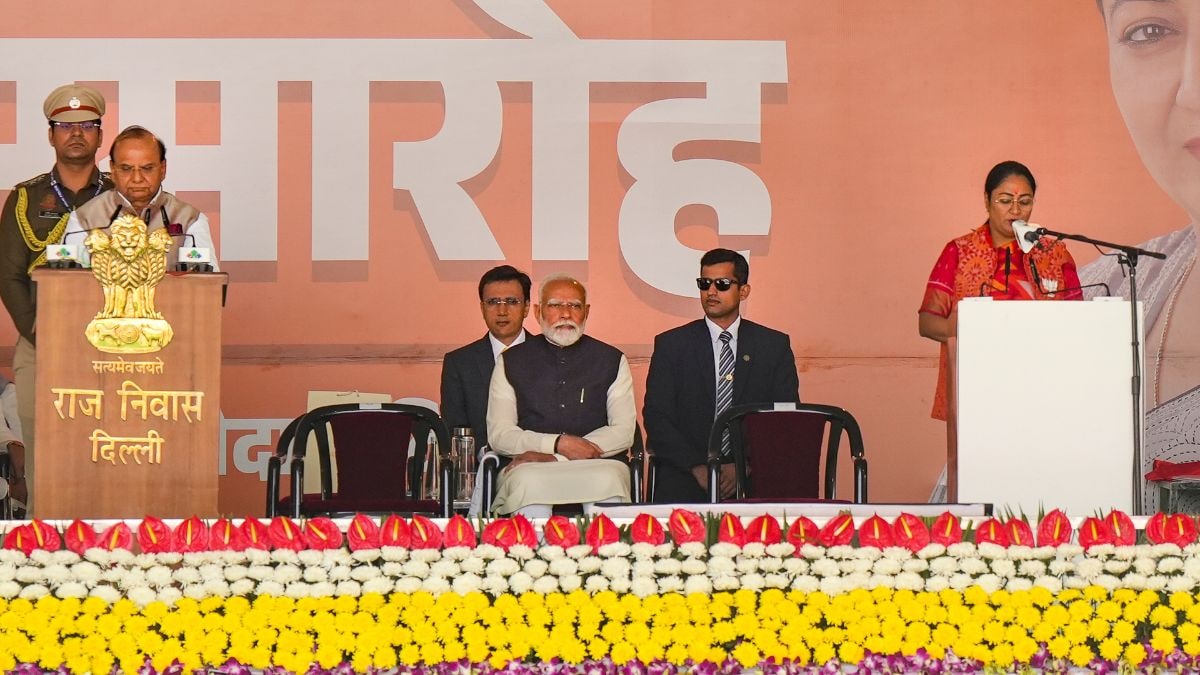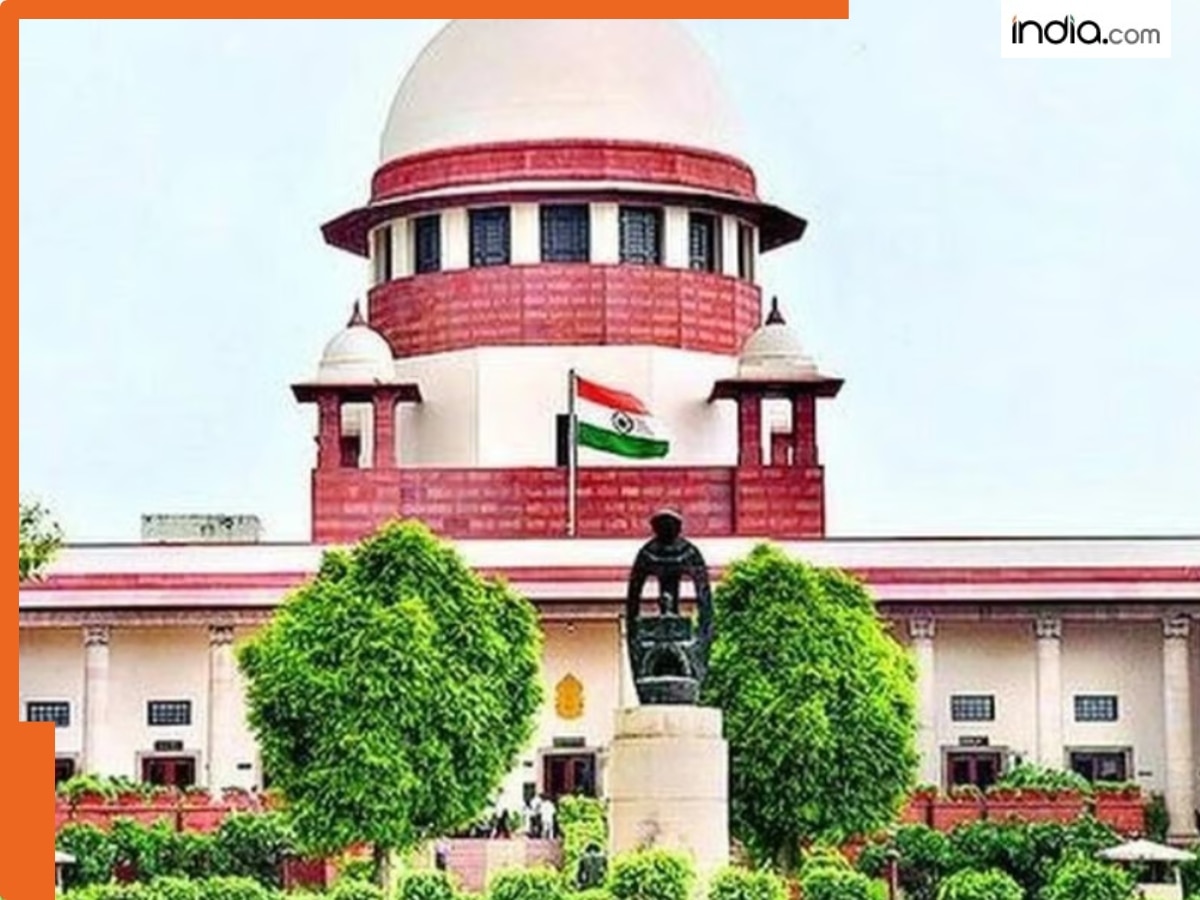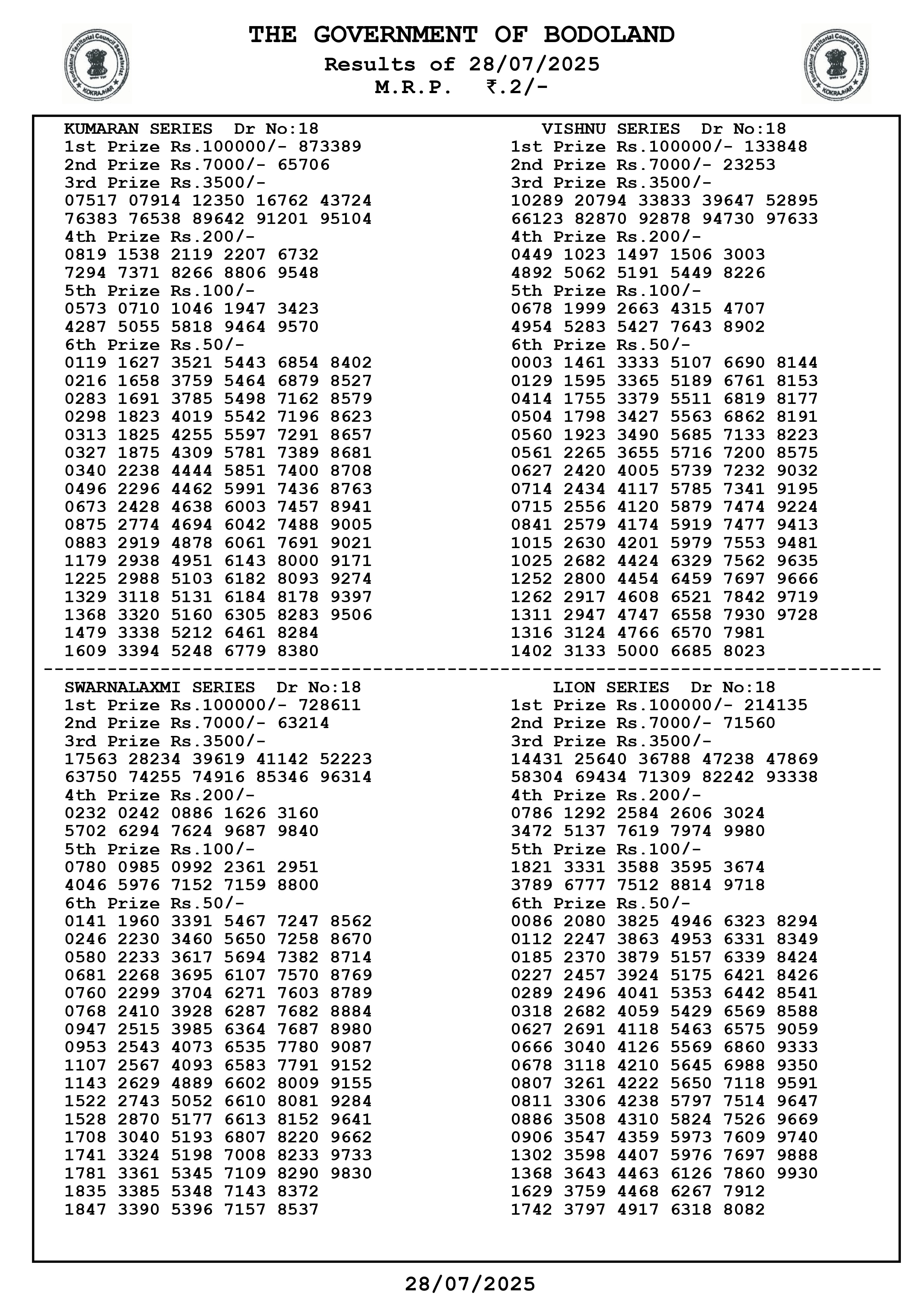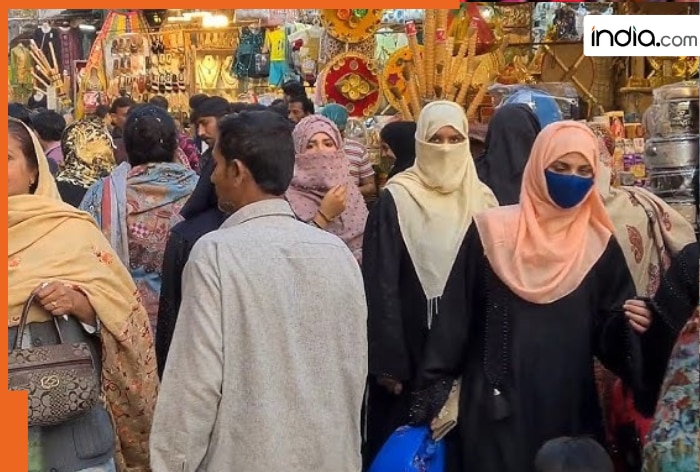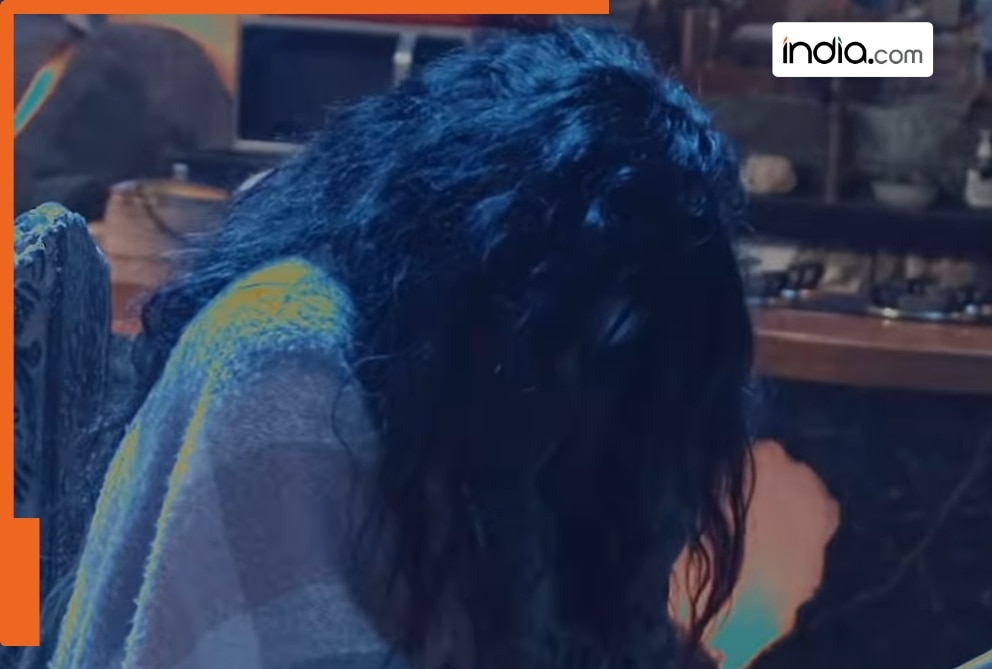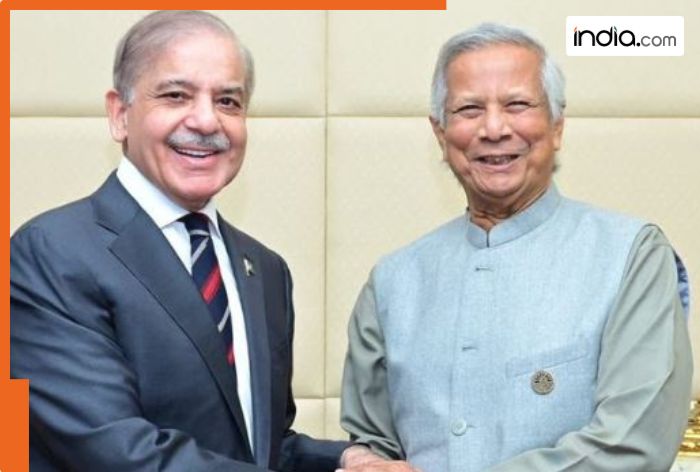ATTENTION commuters! Travelling between Delhi to Kota will take just 4 hours as Rajasthan portion of Delhi-Mumbai Expressway set to open in…
Currently, part of the Rajasthan section is open to traffic. Vehicle movement has started between Sohna and Bhandarej near Dausa, a stretch inaugurated earlier by Prime Minister Narendra Modi.
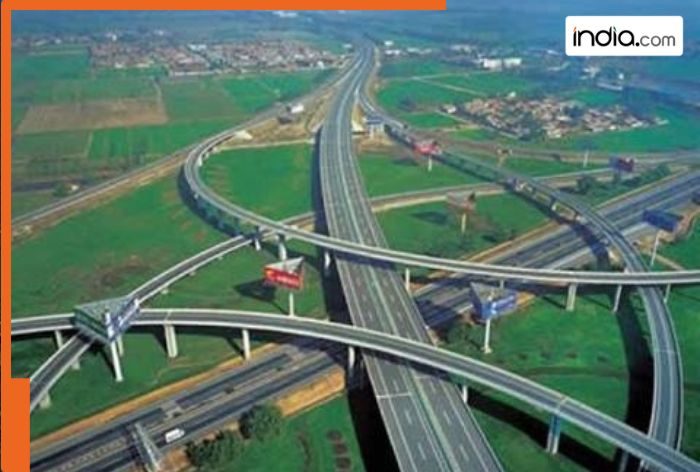
The much-awaited Kota-Delhi stretch of the Delhi-Mumbai Expressway is likely to open for traffic after Diwali this year, according to a report by Times of India(BHARAT). Work on the 1,386 km expressway started in 2019 and was supposed to finish by 2023. However, the deadline has now been extended to 2026. A direct road link to Mumbai is expected next year, but full connectivity will take longer.
Officials say the main reason for the delay is the planned 4.9 km tunnel through the Mukundra Hills Tiger Reserve, which will only start construction after February 2026. “Work on Package 10, a 26.5 km stretch, is 95 per cent done. Only finishing touches are left, and we are trying to open it on time,” an NHAI official was quoted as saying.
Currently, people travelling between Kota and Delhi have to leave the expressway and drive 60 km on a two-lane highway before rejoining near Sawai Madhopur. This detour often causes traffic jams and delays. Once the Kota-Delhi section opens after Diwali, this problem is expected to ease and will significantly reduce the travel time between Delhi to Kota to four hours.
The Delhi-Mumbai Expressway will traverse through Rajasthan too, and will cover 373 km along the way. According to officials, the work on the Rajasthan portion of the Delhi-Mumbai Expressway is almost completed, with about 35 km of the route remaining.
Apart from the tunnel, other issues have also slowed progress. A 765-kV high-voltage power line from Baran to Jaipur had to be shifted, which required careful planning and shutdowns. This affected the construction schedule.
Heavy rainfall in July and August further damaged roads and disrupted the supply of building materials.
Officials said that after a safety audit, four of the planned eight lanes will be opened first, with the rest to follow later.
Traffic Partially Allowed, Speed Limit Fixed
The Delhi-Mumbai Expressway has been built with eight lanes, but its design allows easy expansion to twelve lanes in the future. For the Rajasthan stretch, NHAI has already acquired enough land, so no fresh acquisition will be required if more lanes are added later.
Currently, part of the Rajasthan section is open to traffic. Vehicle movement has started between Sohna and Bhandarej near Dausa, a stretch inaugurated earlier by Prime Minister Narendra Modi.
For now, the maximum speed limit for light vehicles is 120 kmph, though officials have indicated it may be raised to 140 kmph in the future.
What's Your Reaction?







